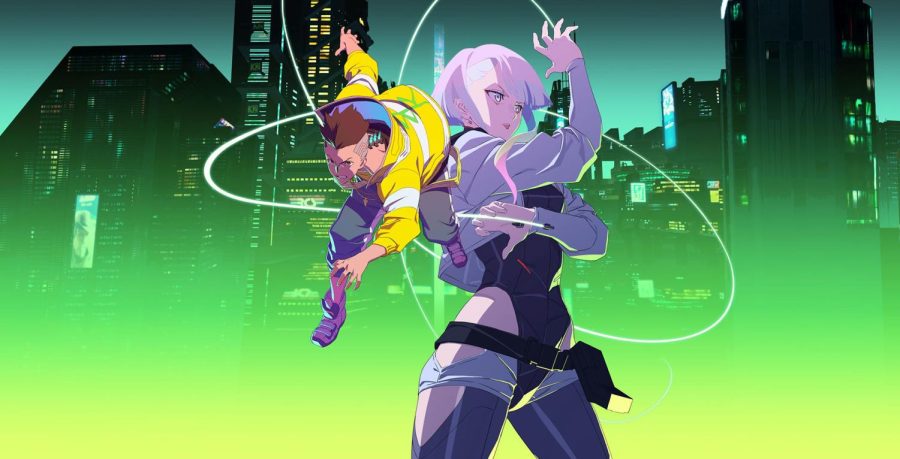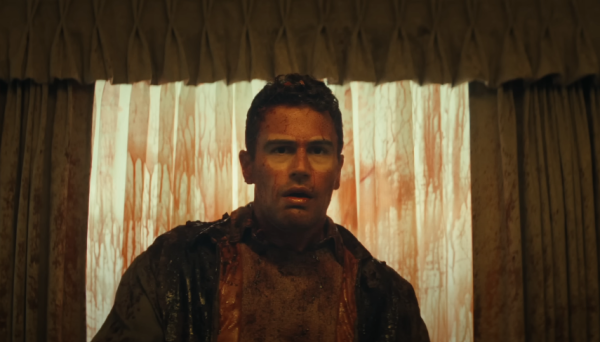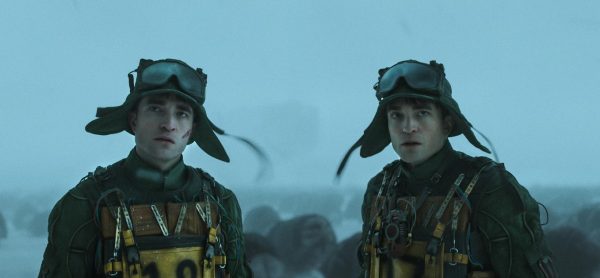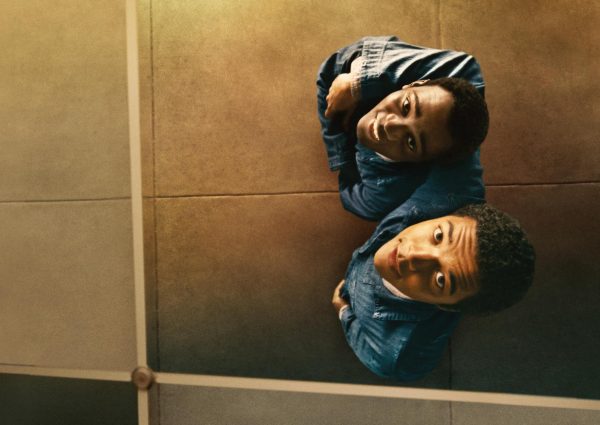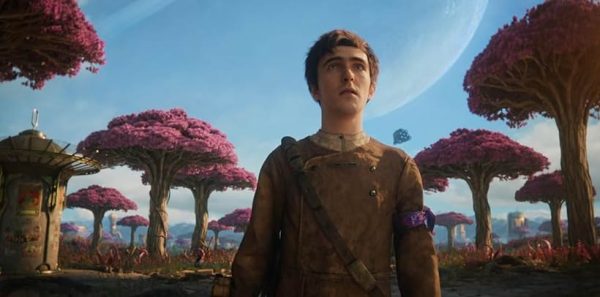TV Prequel “Cyberpunk: Edgerunners” Redeems Ridiculed Game “Cyberpunk: 2077”
In 2012, CD Projekt Red announced an ambitious game which then became the biggest laughing stock of the then-recently-released ninth generation of consoles, “Cyberpunk: 2077.” The game was horribly ridiculed for its buggy state and the studio was blamed for shipping out a seemingly unfinished game.
CD Projekt Red didn’t let the negative initial thoughts stop them. Instead of throwing in the towel, they rolled their sleeves up and patched the game into a playable (and enjoyable) state. The game’s PC community dedicated themselves through modding. The game also recently saw a resurgence in player numbers, reaching levels not seen since the game first released. The resurgence came with the release of the TV show prequel Cyberpunk: Edgerunners.
Taking place a year before the game’s events, the show gives those who were on the fence about the game a taste of its rich world and human characters. The story follows David Martinez, a Hispanic-born top student at Arasaka Academy. David is having a hard time because of his economic status, for he lives in a poverty-stricken area called Santo Domingo, in Night City. Throughout 10 episodes, we’re introduced to a cast of characters only imaginable in a world where cybernetic enhancements, made for all uses from combat to pleasure, are as commonplace as breathing.
Following the death of his mother, David has his first enhancement, a military grade spinal implant, named the Sandevistan. This allows him to move faster than normal, and gives him enhanced strength and reflexes. Following this, he joins a gang of “cyberpunks” comprised of various edgerunners, some of which include leader Maine, his strong wife Dorio, their veteran netrunner Kiwi, and the lonely Lucy. Maine’s crew also includes the rude and shameless techie Pilar, his powderkeg of a little sister Rebecca, known by the crew as “Becca,” and more.
The crew’s main goal is to earn money through any means necessary, even if it means stealing equipment from Arasaka Corporation. This is all funded by Faraday, a fixer working for Arasaka’s rival corporation, Militech. However, the crew have their own main goals. Lucy dreams of visiting the moon, while David wants to avenge his mother’s death. This motley crew of rebels may not play by the rules, but most of them are inherently good people. Maine cares for David, treating him like a son. Rebecca is a trigger-happy basket-case who truly cares for her brother, as they’re the only people they can rely on. This continues the idea of family, as the crew is like a family in a metaphorical sense. Lucy eventually grows to love David and truly sees him as the one person she can be vulnerable around, a quality that David shares, as he rushes to her aid when she is in trouble.
The animation style is also something to note about the show. Featuring very vibrant, flowing character movements that seem to be based on slightly-exaggerated movements of real humans, it blends well with a color palette that is mainly bright neon yellows and dingy silvers and grays. The show was produced by Studio Trigger, known for anime like Kill La Kill, Little Witch Academia, and Darling in the Franxx. Following a style similar to what they employ on these other shows, the character design shares a striking similarity with that of Darling in the Franxx in terms of proportions, sharing a realistic sense in the appendages and height. This is reminiscent of a show produced by Gainax, a studio connected to Trigger, Gurren Lagann which had the same producer as this show, Hiroyuki Imaishi (今石 洋之).
Most of the show’s comedy comes from Pilar, who is the classic “funny guy” of the crew. Pilar is crude and uncaring, think Joe Pesci’s Tommy DeVito in Goodfellas. Pilar is crude, very uncaring, and the production uses this to make him the comedic relief for the first half of the season before giving that honor to Rebecca, a fitting replacement as they’re brother and sister.
If you come away from this show itching to play the game, then you’re not alone, as it was reported that following the September 13th release of the anime, the number of players on “Cyberpunk: 2077” rose to 85,000 concurrent players on Steam alone.
The show is well-needed to help those who don’t do their deep research into the background of the story or the origins of the game. It gives both newcomers and fans a quick glimpse into the rich world of Night City, showing both the good and the bad, from the greedy and money-hungry corporations like Arasaka and Militech who have a power-struggle, to the trauma response team which is solely used for caring for the rich in Night City. The show also depicts wealth disparity with unflinching brutality, with the gang even acknowledging how the trauma response team will pin any blame on them if they’re still around when they arrive as a way of finding who caused the injury or death to their high-paying client. This is shown in a brutal scene as they let people slowly die if they don’t have the right insurance, a gritting reality faced especially hard in the United States. The main goal of most characters is to become rich enough to survive, with David using his money to eventually live an affluent lifestyle.
As an anime, Cyberpunk: Edgerunners isn’t one to be watched solely for the caring and lovable characters, but also for the intense action, the incredible background designs, and the world-building that makes Night City more than a playground for the player to explore and investigate. Overall, the anime is easily the best one to come out of Netflix in recent years, mainly thanks to Studio Trigger’s excellent animation style and the already enveloping ideas present in the game’s story and setting.

